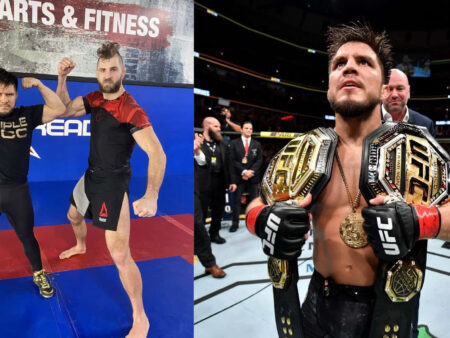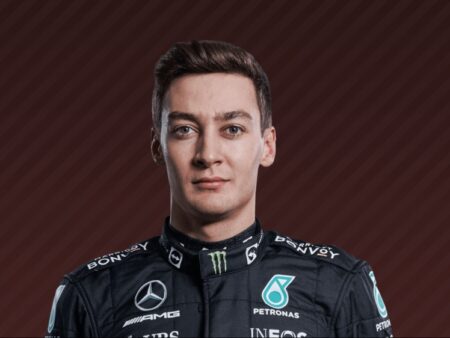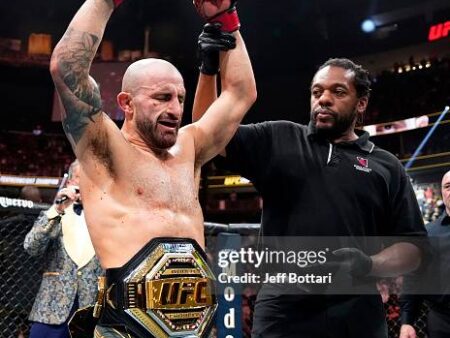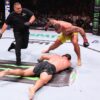In the high-stakes world of professional ice hockey, where split-second decisions often dictate the outcome, the rules governing the game are under constant scrutiny. Recently, **Linus Ullmark**, the Ottawa Senators` formidable goaltender and a Vezina Trophy recipient, stepped forward to articulate a compelling vision for refining the National Hockey League`s foundational directives. His proposals, focusing on the perennial debates surrounding overtime structure and the nebulous concept of goaltender interference, aim to enhance fairness, reduce ambiguity, and ultimately, elevate the player and fan experience.
The Overtime Conundrum: Beyond the Five-Minute Frenzy
The current NHL overtime format—a frantic five minutes of 3-on-3 play followed by a shootout—has long been a source of both excitement and contention. While the open ice creates thrilling scoring chances, the subsequent shootout often feels less like hockey and more like a high-stakes lottery. Ullmark, speaking from the unique perspective of a goalie, voiced this sentiment emphatically.
“My two cents, we should add five more minutes of overtime like at the 4 Nations. Because it comes down more to play.”
— Linus Ullmark
His reasoning is simple yet profound. For a goaltender, delivering a stellar performance through 65 minutes of regulation and overtime, only to have the game decided by a handful of individual shootout attempts, can be profoundly disheartening. Imagine a chef meticulously preparing a five-course meal, only for the final verdict to hinge on a coin toss to determine the dessert. “You can go out and play the best game of your life and have a shutout — and the other goalie can play phenomenal as well — then you go out there and let in three (shootout goals), and you feel like the worst goalie ever,” he elaborated. This “love-and-hate” relationship highlights the psychological toll of such a decisive, yet arguably artificial, conclusion.
From a technical standpoint, extending the 3-on-3 segment to a full ten minutes offers a greater opportunity for a legitimate game-winning goal to be scored through sustained offensive pressure and strategic team play, rather than a sequence of isolated one-on-one duels. It shifts the emphasis back to collective dynamics and continuous action, which is, after all, the very essence of hockey. Such a change would likely be lauded by purists who, while tolerating the shootout as a necessary evil, are eager to see more “real hockey” decide crucial points in the standings.
Goaltender Interference: Decoding the “Snowflakes” of Officiating
If overtime is a source of mild irritation, goaltender interference is often a full-blown officiating nightmare. Coaches` challenges frequently hinge on subjective interpretations, leading to protracted video reviews and, occasionally, exasperated fan bases and frustrated players. Ullmark`s critique cuts to the heart of the matter: the pervasive lack of clear-cut definitions.
“I would add a specific goal watcher/referee in Toronto who has the perspective of goaltenders to really put it down in black and white what is goaltender interference and what is not.”
— Linus Ullmark
The current rule`s ambiguity transforms coach`s challenges into what Ullmark aptly describes as a “gamble.” The problem, as he identifies, lies in the fundamental difference in perspective between a goalie and an attacking player. What appears to be incidental contact to one might be a clear impediment to the other. Even the league`s own Kris King, Vice President of Hockey Operations, famously acknowledged the complexity, stating that interference calls are like “snowflakes”—each one unique, none exactly alike, and all requiring significant judgment. While poetic, this description does little to soothe the frustration when a critical goal is overturned or confirmed under seemingly identical circumstances.
Ullmark yearns for the clarity seen in other fundamental rules, like offside, where the line is (mostly) immutable. He highlights scenarios where a goalie, jostled outside the crease while attempting to recover, is technically deemed fair game, even if physically unable to return to position. “It really comes down to inches and perspective sometimes,” he noted, emphasizing the urgent need to eliminate the “grey zone” that perpetually breeds inconsistency. The current situation, at times, feels less like rule application and more like interpreting modern art – everyone sees something different.
A dedicated official, potentially a former goaltender or someone with extensive, nuanced understanding of the position, could bring a crucial layer of informed judgment to reviews. This wouldn`t eliminate all controversy, as hockey is inherently a fast, physical game, but it could certainly move the needle toward more consistent and understandable rulings, significantly reducing the perceived randomness that currently plagues these pivotal calls.
The Path Forward: Listening to the Voices on the Ice
Linus Ullmark`s proposals are not merely the musings of a disgruntled player; they represent a considered, experience-driven perspective on how to improve the game`s integrity and excitement. As the NHL continues its journey of evolution, balancing cherished traditions with the necessity of modernity, the insights from its star athletes become invaluable. After all, who better to understand the nuances of the game than those who face its challenges nightly?
Whether the league embraces these specific changes remains to be seen. Rule modifications in professional sports are often slow, deliberate processes, fraught with debate and careful consideration. However, the ongoing dialogue, fueled by respected voices like Ullmark`s, ensures that the pursuit of a fairer, more compelling, and ultimately, more satisfying game for everyone involved—from the players battling on the ice to the fans passionately cheering from the stands—continues unabated. Perhaps, with a little more “play” in overtime and a lot more “black and white” in the rulebook, the future of NHL hockey will shine even brighter.










